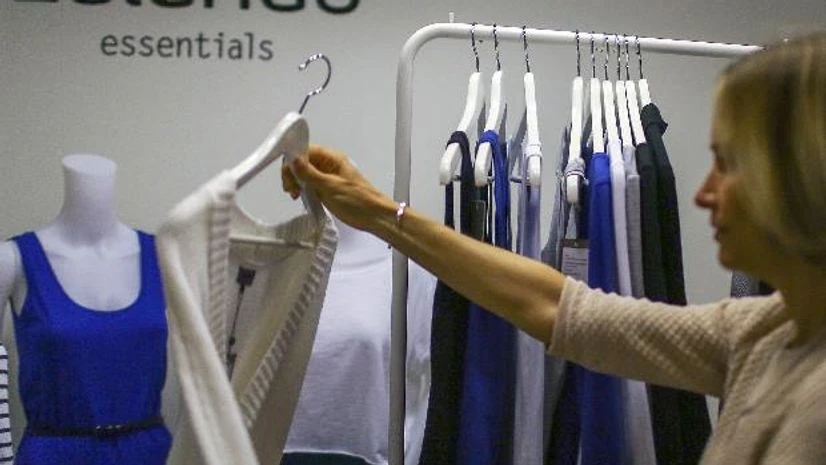Robert Gentz stepped off an Air Berlin plane in Beijing with the goal of conquering online fashion in China. By the time he boarded his return flight to Berlin, he had a new plan: to copy it.
Gentz, a 34-year-old German who is a co-founder of Zalando — a European clone of Zappos, the online American shoes and fashion retailer owned by Amazon — held meetings in the fall of 2013 with Chinese and international fashion labels, online stores and other parts of the local e-commerce industry. He wanted to expand his company into the world’s largest digital market.
But after the meetings, Gentz decided China’s approach to online fashion was far ahead of anything available elsewhere. He marvelled at how Chinese consumers freely chatted with — and bought from — brands and stylists on WeChat, a local internet messenger, while online retailers, independent delivery companies and fashion houses routinely joined forces.
Also Read
“We wanted to take that experience back to Europe,” Gentz said.
This holiday season, Zalando, which is Europe’s biggest digital fashion player, is using a made-in-China approach to take on Amazon, just as the American giant is looking to cement its place as the world’s dominant e-commerce company by expanding aggressively into the Continent’s still-fragmented world of digital fashion.
Few companies have been able to keep Amazon — the largest online fashion seller in the United States — at bay after it enters a new market. The notable exception is in China, where rivals like Alibaba, the world’s second-largest online seller by market value, have been able to hold their ground.
For decades, tech companies have taken their cues from Silicon Valley. But Zalando’s approach of borrowing from its Chinese counterparts represents a new strategy of looking East, not West, for inspiration.
In overhauling its successful European online fashion store into a digital platform, Zalando differs from others trying to match Amazon and its logistics and technological prowess.
The German company previously focused on handling all sales and inventory itself. But in addition to selling directly to consumers, it now wants to remake itself into a digital shopping mall, allowing fashion houses and retailers to make sales as well, often with limited input from Zalando.
These efforts, roughly a year in the making, may foster a rare European tech player able to give Silicon Valley heavy-hitters a run for their money across the region, still one of the world’s largest — and most profitable — markets.
“If you want to be the dominant player in a geographical area, you need to go beyond being just a traditional e-commerce player,” said Erik Mitteregger, a board member at Kinnevik, a Swedish investment firm that was an early Zalando investor and still owns a 32 percent stake. “It’s a necessary move.”
Zalando’s inspiration from China, though, comes with challenges.
Despite domestic dominance, Chinese players like Alibaba have yet to successfully replicate their business model overseas. Online shopping habits in Europe also are somewhat different from those in China. And Amazon and European competitors, including ASOS and Yoox Net-a-Porter, may yet outmuscle Zalando with their traditional takes on e-commerce.
It began in 2008 as a Berlin start-up founded by Gentz and David Schneider, two business school graduates who once tried — and failed — to build a Latin American rival to Facebook. By 2014, Zalando had become the largest public offering in the European tech sector since 2000. It counts Rocket Internet, a Berlin incubator known for copying successful online business ideas, and DST Global, a backer of Facebook, Twitter and Alibaba, among its early investors.
© 2016 The New York Times News Service

)
